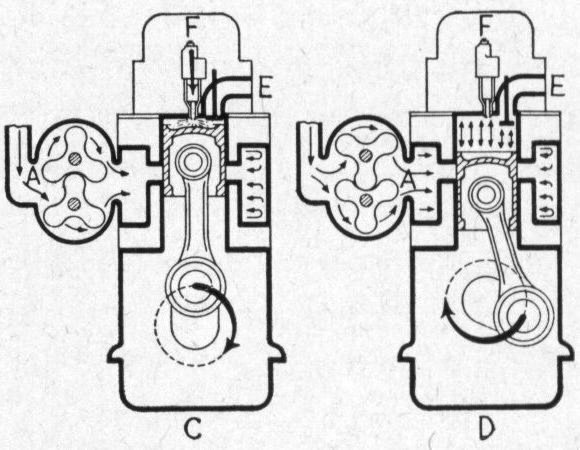Quite an interesting development for sure!
Wonder if;
- it will affect a single DA42 sale, as that seems to be the only twin selling
- if after Piper doing all the work, expecting to sell new planes, the only tangible result is some STC for existing airframes…it would still be a good outcome for many reasons.
hazek wrote:
The youtube comments are filled with people calling this engine vaporware
Those who have been along since the 90s or earlier will attest to the vaporware. It was vaporware for 30 years and written off by most people. Today it’s obviously alive and very real. If it actually holds together longer than 50h in an aircraft is the question. Perhaps is takes an additional 30 years to answer that question? 
The youtube comments are filled with people calling this engine vaporware so I’ll also be interested to see if it turns out that it’s actually not and that it’s actually interesting. The top voted comment points put they talk only in generalities and aren’t giving any numbers:
That’s really cool. It will be interesting to see how it holds up in real life application.
Bathman wrote:
And please put it in a C172 or PA28.
Well, not a PA28, but a Piper at least:
“Piper says it’s signed a deal with Wisconsin-based DeltaHawk to explore installing the Jet A and SAF-burning engines in its iconic piston twin, the PA-44 Seminole.”
Sun ‘n Fun 2024: Piper To Test DeltaHawk Diesels In Seminoles
LeSving wrote:
But what if the supercharger fails?
Not an expert, but I thought the idea is that the turbo is stressed with the hot exhaust gases, and conversely the charger is under less stress and expected to be fail less.
Of course, in the end, nothing is 100% failure proof…
It’s a piston ported two stroke diesel. There is no way it will run without a super charger, it’s an intrinsic part. At higher rpm, I’m sure the turbo could take over most of the “boost”, but in principle the supercharger and turbocharger have different functions.

oops. Saw now that this one has exhaust valves, typical for marine two strokes. But the principle of the supercharger is the same.
As I understand it, the supercharger is primarily for starting with the turbocharger taking over once the engine is running. The supercharger has the additional duty of acting as an emergency (50% power) backup in case os turbo failure.
hmng wrote:
The thing that impressed me about his engine is it’s potential for great reliability, few moving parts, no electronics/software, can limp back home only on the supercharger if the turbo would fail.
But what if the supercharger fails? No electronic means suboptimal in today’s world. With a diesel this means lots of black smoke.
A 4-seater, JET A1 burning, STOL, with great payload? Sounds good to me. Really curious how it will compare with the Lycoming powered version!
The thing that impressed me about his engine is it’s potential for great reliability, few moving parts, no electronics/software, can limp back home only on the supercharger if the turbo would fail. I would love to see it on some certified 4 seater.
From https://www.avweb.com/aviation-news/bearhawk-makes-deltahawk-an-option/ :
Shortly after AirVenture this year, kit-maker Bearhawk Aircraft announced that the newly certified DeltaHawk DHK180 will be an option for its Bearhawk 4-Place kit aircraft, which is typically powered by either a four-cylinder, 180-HP or six-cylinder, 250-HP Lycoming gas engine. For now, development of the firewall-forward package is being handled by DeltaHawk in Racine, Wisconsin, on an airframe that is currently under construction.
“We are contacted often by pilots all over the world in locations where 100LL avgas is unavailable or very expensive. For these builders, the DeltaHawk represents a great option. In addition, many builders in the U.S. want alternative engine choices. The economical and Jet A burning DeltaHawk will be attractive,” said Mark Goldberg, president of Bearhawk Aircraft.
Dennis Webb, an aircraft Engine DER at DeltaHawk directing the certification effort, added, “Bearhawk designs are extraordinary aircraft in terms of payload and STOL capability, combined with fast cruise speeds. The DeltaHawk DHK180 in a Bearhawk will significantly expand its capabilities, especially with regards to altitude performance, range, and lower cost of operation.”
Package prices have not been announced. DeltaHawk previously quoted engine prices around $60,000 into the experimental market. For context, Glasair Aviation’s firewall-forward package for the Continental CD-155 project penciled out at $110K, but that included a special cowling and MT propeller. When completed, the Bearhawk 4-Place will join a twin Velocity and Cirrus SR20 currently flying the compression-ignition DeltaHawk.